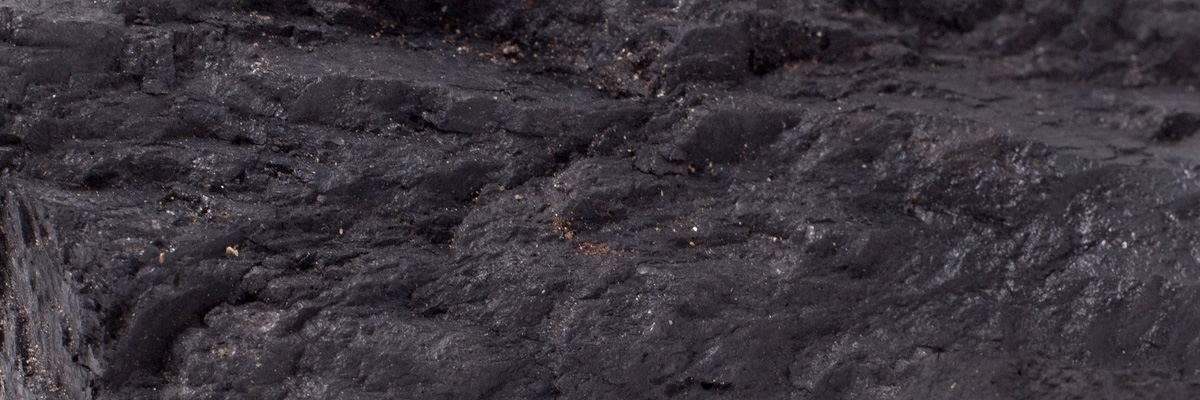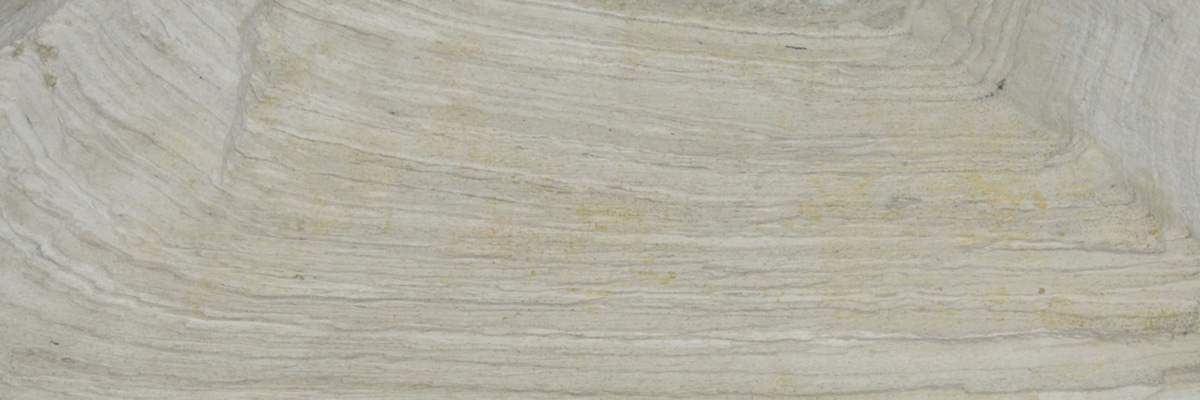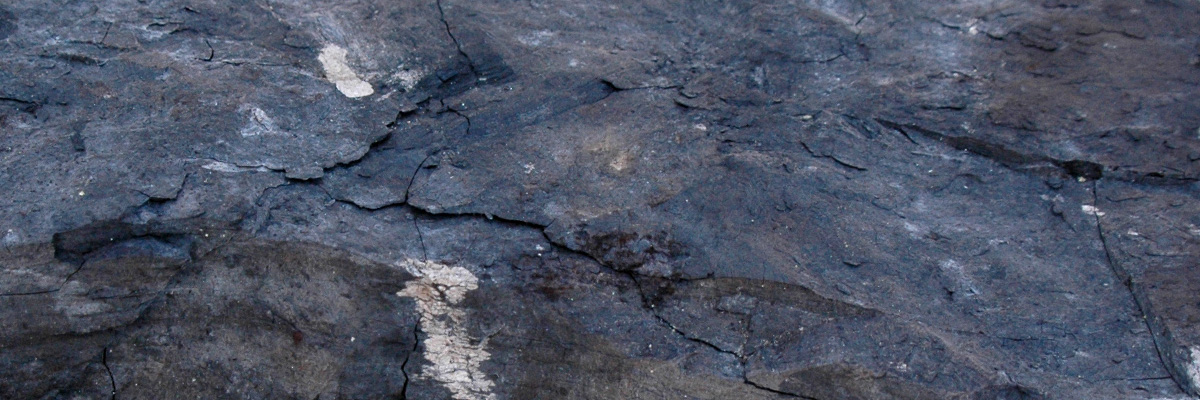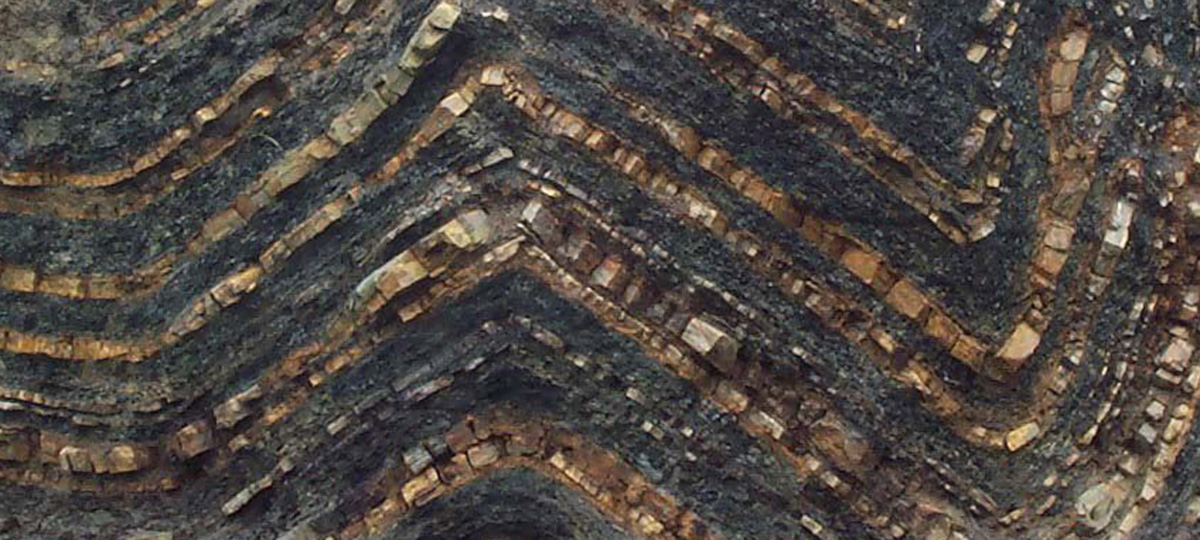Organic sedimentary rocks are unique formations derived from the accumulation and preservation of plant and animal remains, providing a window into Earth’s biological history. These rocks not only offer insights into ancient ecosystems and climate conditions but also serve as essential sources of energy in the form of fossil fuels. Organic sedimentary rocks display a range of textures, compositions, and colors, reflecting the varied processes and environments involved in their formation.
Formation
Organic sedimentary rocks form through the accumulation, compaction, and preservation of organic matter, such as plant debris, shells, and microorganisms. The deposition of this organic material typically occurs in low-oxygen environments, where decomposition is slowed, allowing for preservation. Over time, these layers of organic matter become compacted and undergo chemical transformations, eventually forming solid rock. Organic sedimentary rocks are often found in settings such as swamps, peat bogs, and deep ocean basins.
Types
There are several types of organic sedimentary rocks, including:
- Coal:
Formed primarily from the remains of ancient plants, coal is an essential fossil fuel. Coal forms through the accumulation and compaction of plant debris in swampy, low-oxygen environments, which slows decomposition and promotes preservation. Over time, this organic material undergoes chemical and physical changes, transforming into peat, lignite, bituminous coal, or anthracite, depending on the degree of metamorphism experienced. - Oil Shale:
A sedimentary rock containing significant amounts of kerogen, a waxy, organic material derived from the remains of algae, plankton, and other microscopic organisms. Oil shale forms in low-oxygen, aquatic environments where the decomposition of organic matter is inhibited. When heated, kerogen can produce oil and gas, making oil shale a potential source of fossil fuels. - Chalk:
A soft, fine-grained limestone composed primarily of the microscopic calcareous remains of marine plankton, such as coccolithophores. Chalk forms in relatively deep, calm marine environments where the accumulation of organic matter is favored. - Coquina:
A coarse-grained limestone composed of shell fragments and other skeletal remains of marine organisms. Coquina forms in shallow, high-energy marine environments, such as beaches or tidal flats, where the accumulation of shell material is abundant.
Properties
Organic sedimentary rocks exhibit a range of properties that reflect their diverse origins, compositions, and depositional environments. These rocks can be soft and crumbly, as in the case of peat and chalk, or hard and brittle, like anthracite and coquina. The colors of organic sedimentary rocks can vary from dark brown or black in coal to light gray or white in chalk, depending on the organic content and degree of alteration.
Significance
Organic sedimentary rocks hold significant importance in various fields. In geology, they serve as essential tools for reconstructing Earth’s biological history, revealing information about ancient ecosystems, climate changes, and the evolution of life. Organic sedimentary rocks also play a vital role in the global energy supply, serving as sources of fossil fuels like coal, oil, and natural gas.
Organic sedimentary rocks have important commercial and industrial uses. Coal is a major source of electricity generation, while oil shale has the potential to produce oil and gas through processes such as pyrolysis. Chalk is used in various applications, from agriculture to the production of chalkboards and pigments.
Understanding the formation, distribution, and properties of organic sedimentary rocks is crucial for managing natural resources, evaluating geological hazards, and mitigating the environmental impacts of their extraction and use. By studying these rocks, scientists can better understand the complex interplay between biological processes, geochemistry, and sedimentary environments over geological time. This knowledge can inform sustainable resource management practices and the development of alternative energy sources, ultimately contributing to a more responsible and environmentally-conscious society. Furthermore, the study of organic sedimentary rocks can help us to identify potential sites for carbon capture and storage, a vital strategy in combating climate change and preserving Earth’s ecosystems for future generations.
Examples
-
Asphaltite
Asphaltite is a dense, solid form of hydrocarbon, which falls under the category of sedimentary rocks. It is a sub-class of bitumen, a naturally occurring, …
-
Coal
Coal is an organic sedimentary rock belonging to the biochemical subclass. It is primarily composed of carbon, hydrogen, and oxygen, with various impurities such as …
-
Diatomite
Diatomite, also known as diatomaceous earth, is a sedimentary rock composed primarily of the fossilized remains of diatoms, single-celled aquatic algae. These microscopic organisms have …
-
Lignite
Lignite, also known as “brown coal,” is a soft, brownish-black sedimentary rock that belongs to the class of organic-rich rocks called coal. It is a …

Related Posts
-
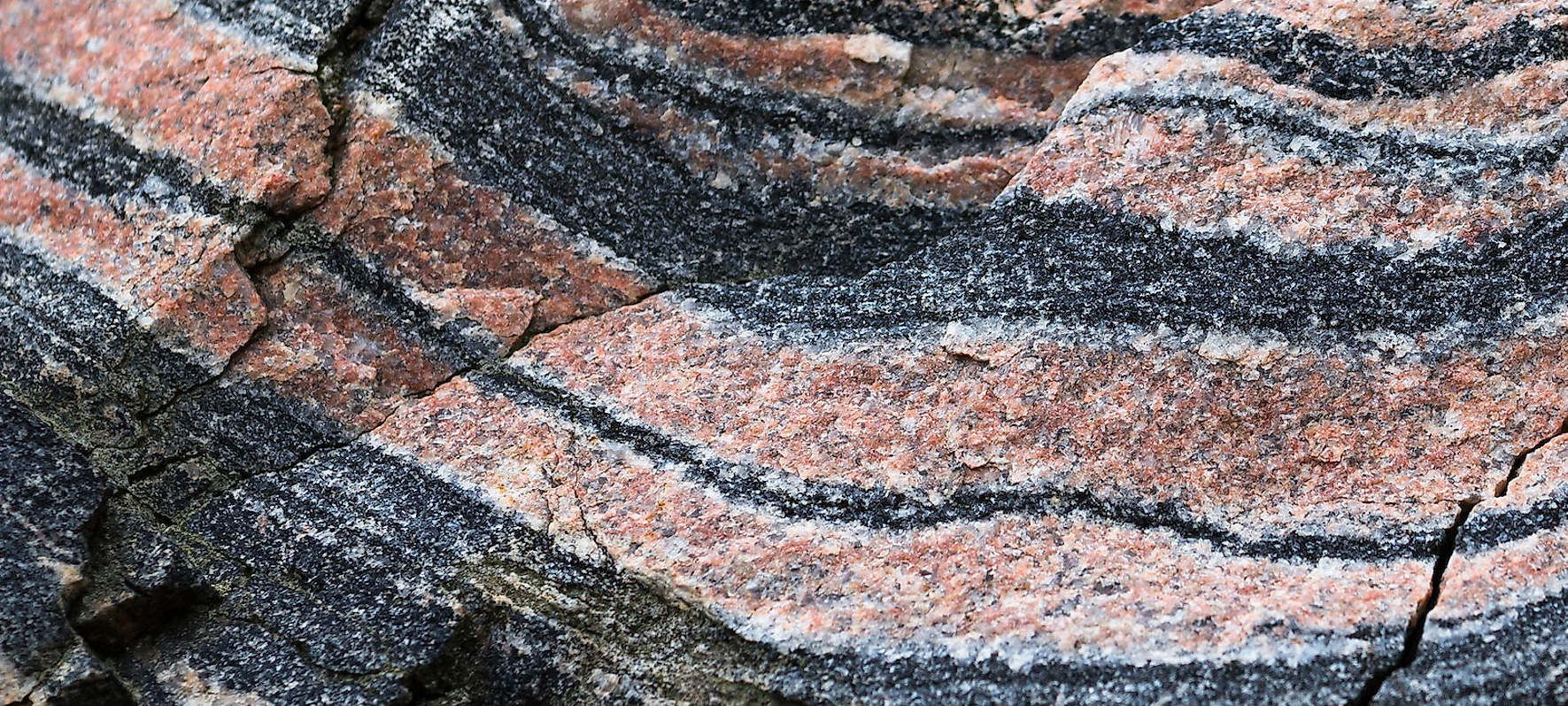
Metamorphic
Metamorphic rocks are a fascinating class of rocks that have undergone transformation due to intense heat, pressure, or mineral exchange deep within the Earth’s crust. …
-
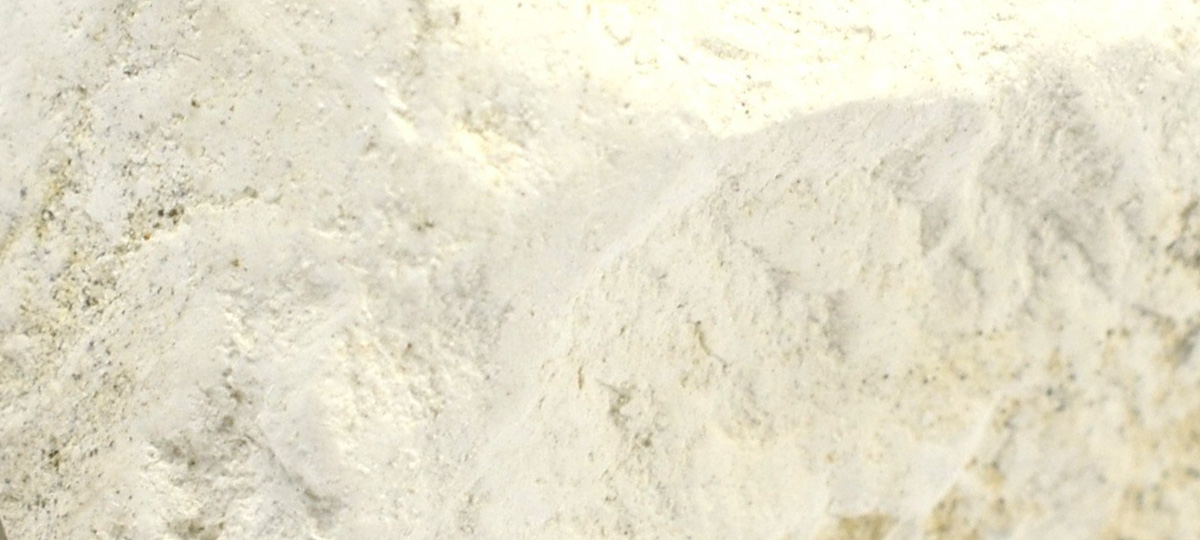
Organic Sedimentary
Organic sedimentary rocks are unique formations derived from the accumulation and preservation of plant and animal remains, providing a window into Earth’s biological history. These …
-

Chemical Sedimentary
Chemical sedimentary rocks are formed from the precipitation of dissolved minerals from water, often due to changing environmental conditions. These captivating rocks offer valuable insights …


